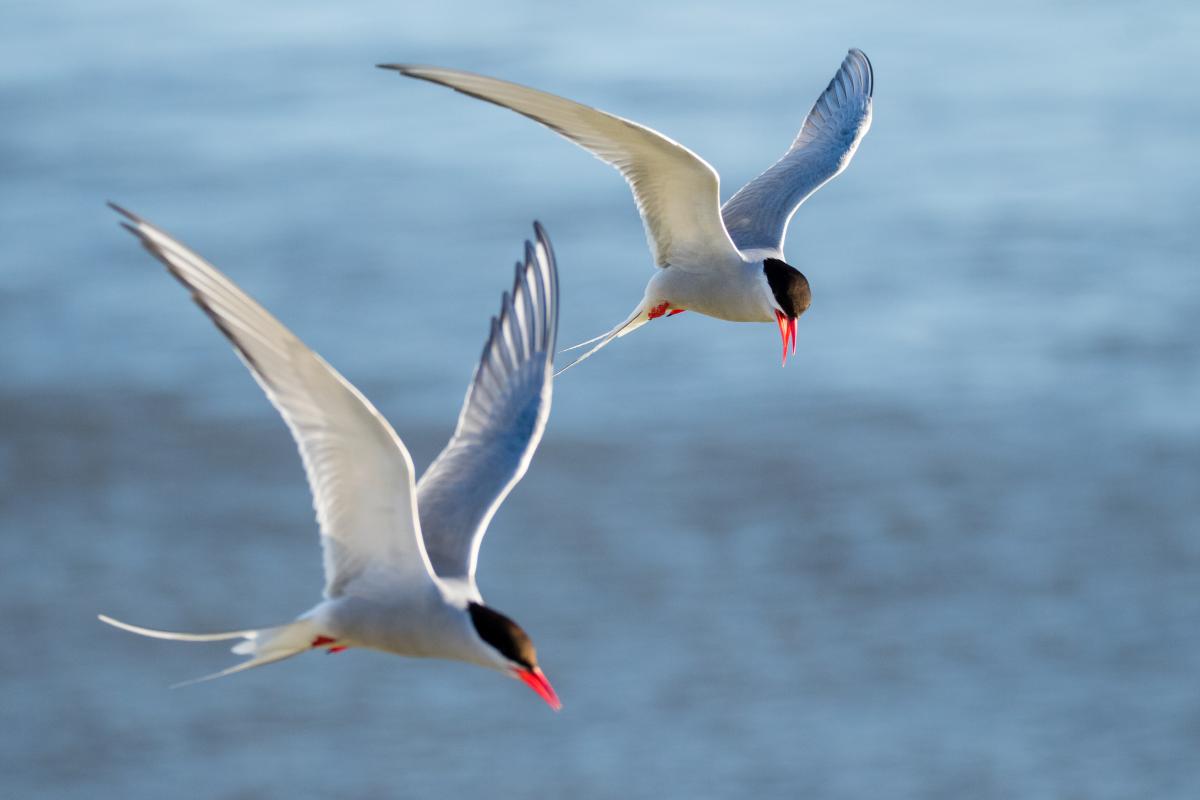New impulses for the monitoring of migratory birds along the East Atlantic Flyway

Under the umbrella of the Wadden Sea Flyway Initiative (WSFI), the governments of the Netherlands, Germany and Denmark joined forces to improve the monitoring of migratory waterbirds along the East Atlantic Flyway. For the past two years, a project called “FLYWAY,” funded by European Commission’s Directorate General for Structural Reform Support (DG REFORM) under its Technical Support Instrument (TSI), has explored new technologies to help monitor and understand the factors driving population declines, a crucial step for finding adequate conservation measures to protect these birds. The results of this project have now been published, together with a roadmap for the implementation of advanced monitoring activities.
The recently completed project provides key recommendations to better monitor bird populations and their habitats, including the use of modern technologies such as drones and satellite imagery and the necessity for advanced information on vital rates. “Combining traditional counting methods with new technologies will improve the available information for analysing the state of bird habitats and developing targeted conservation measures,” states Henrik Jørgensen from the Danish Ministry of Green Transition.
The project also emphasised the importance of the Wadden Sea—a major stopover and breeding area for millions of migratory waterbirds—and how it's connected to other wetlands along the flyway. Thomas Borchers from Germany's Federal Ministry for the Environment, Nature Conservation, Nuclear Safety and Consumer Protection reiterates that “Protecting the migratory birds that visit the Wadden Sea is a shared responsibility, and we must work together with other countries to restore and protect the vital wetland areas along the flyway.”
The project partners are calling on other nations to join in the efforts to follow the recommendations laid out in a new roadmap for better monitoring. Peter Südbeck from the Lower Saxon Wadden Sea National Park Authority adds, “Only by working together across the entire flyway can we ensure our unique and precious coastal wetlands are protected long-term.”
Finally, Karst Jaarsma from the Dutch Ministry of Agriculture, Fisheries, Food Security and Nature, initiator of this project, points out how the project supports the EU’s 2030 biodiversity goals and the Nature Restoration Law: “The results from this project will help restore ecosystems and protect wildlife, contributing to the EU’s goal of revitalising 20% of nature by 2030 and halting species declines.”
Further details and the full set of documents are available under 'Projects'
